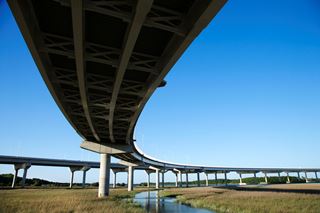 The Congressional Budget Office asserts the national Highway Trust Fund would need $3 billion in ADDITIONAL revenue to keep funding transportation projects through the end of September. And it would need $8 billion if Congress chose to extend funding authority until the end of 2015. Read more via The Hill.
The Congressional Budget Office asserts the national Highway Trust Fund would need $3 billion in ADDITIONAL revenue to keep funding transportation projects through the end of September. And it would need $8 billion if Congress chose to extend funding authority until the end of 2015. Read more via The Hill.
Obviously, there are serious challenges facing America’s road infrastructure.
Cam Carter, the Indiana Chamber’s vice president of economic development and federal relations, outlines the main problem.
“Congress needs to get its act together and summon the political will to fashion a long-term solution to the insolvency of the highway trust fund,” he asserts. “We’ve had our fill of short-term patches. Some will say that the highway fund is insolvent because today’s vehicles are more fuel efficient and that is depressing revenues going into the fund – and there is some truth to this. But, the greater truth is that Congress hasn’t raised fuel taxes to keep up with inflation since 1993 and that, more than anything, is the root of the problem.”
